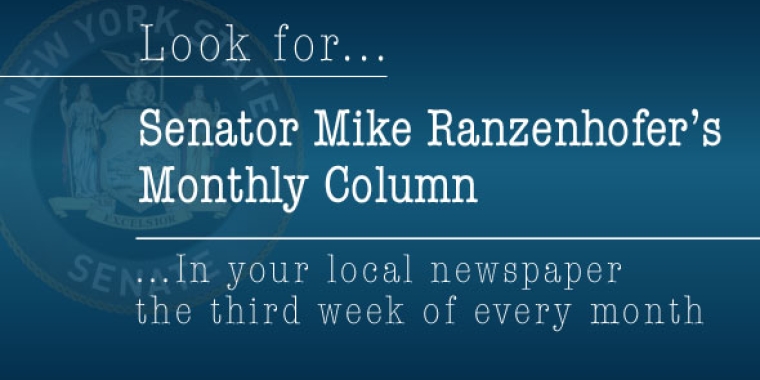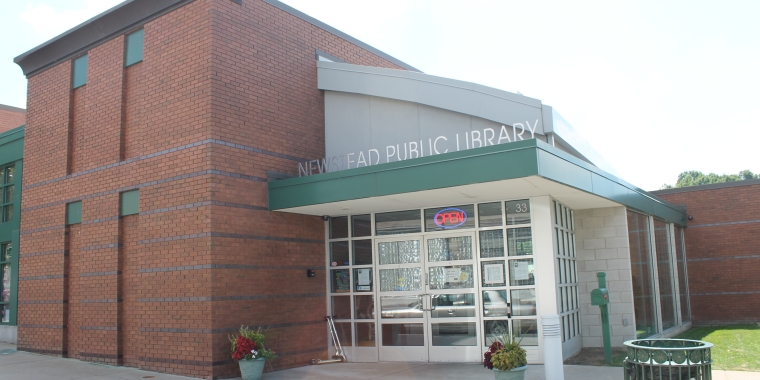
Legislative Efforts Advance to Make New York More Affordable

Earlier this month, my Senate colleagues and I approved a sweeping affordability package that addresses the many burdens that are making it difficult–for individuals, families and seniors– to live in New York State. The affordability legislation focuses on property taxes, unfunded mandates, energy costs, retirement, and other drivers that make our state so costly for residents.
The largest savings from this package comes from a proposal to reduce counties’ share of Medicaid expenses and give those savings directly back to homeowners in the form of property tax relief. The legislation cuts local Medicaid expenses by 20 percent over five years and requires counties to enact dollar-for-dollar reductions in property tax bills, resulting in direct taxpayer savings of up to $451 million in the first year alone, and $2.3 billion when fully effective.
A second measure addresses the burden that seniors face when paying the school tax portion of their real property tax bills. The bill creates a senior school tax rate that phases in a yearly 10 percent reduction in school taxes. The new tax rate would be based on the age of the eligible senior, starting at age 70. The bill would save $274 million by 2022 and $556 million by 2023.
By reducing the financial burden of home ownership for seniors, this bill will make it more affordable for a larger number of seniors to stay in New York State, instead of relocating to states with less burdensome real property tax rates.
Another bill makes education more affordable by revising New York’s tax law to make it consistent with recent changes, at the Federal level, to 529 plans. The new national law allows 529 plans to be used for tuition expenses at elementary or secondary schools, but existing tax law in New York may not allow such expenses to be eligible. This legislation enables 529 plan distributions used to pay for elementary or secondary school tuition expenses, after January 1, 2018, to have the same tax benefits as distributions used for attending an eligible institution of higher education.
A super-majority vote requirement on any state legislation that increases taxes and a constitutional amendment to ban unfunded mandates are incorporated into the legislative package as well.
Other measures to reduce cost burdens include:
• $1.6 billion in new tax savings by expanding STAR Property Tax Relief;
• $280 million in energy cost savings; and
• $275 million in retiree savings by increasing income exemptions.
I voted in favor of this sweeping affordability package, and it will now be sent to the State Assembly for consideration. In total, these measures would result in billions of dollars in savings annually for taxpayers, making New York more affordable.

